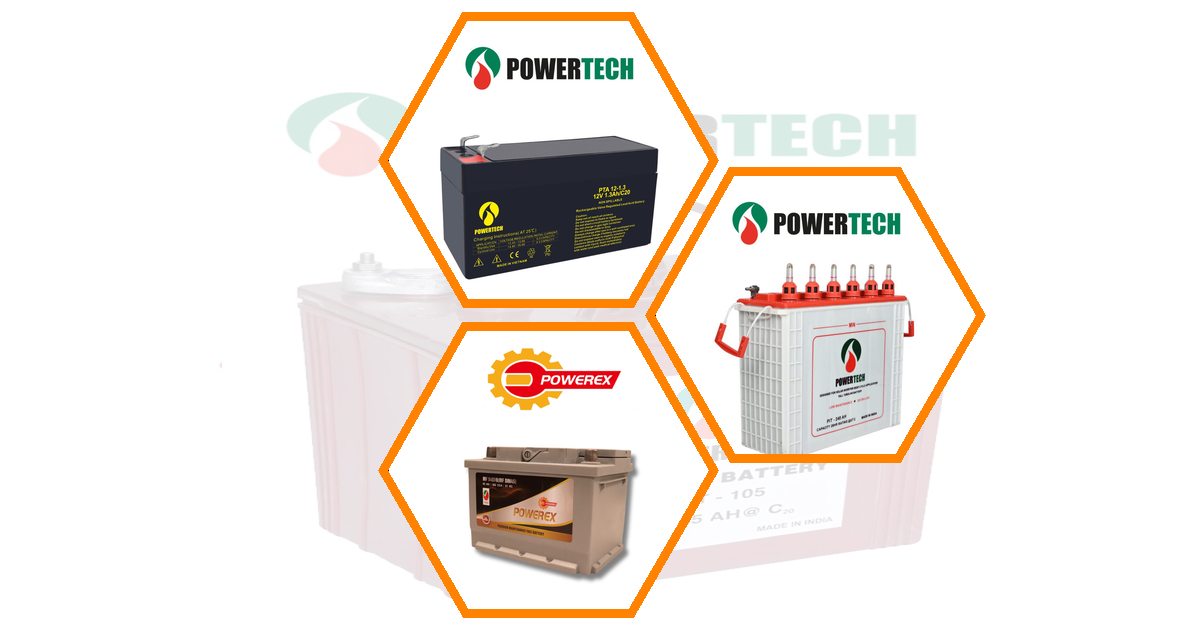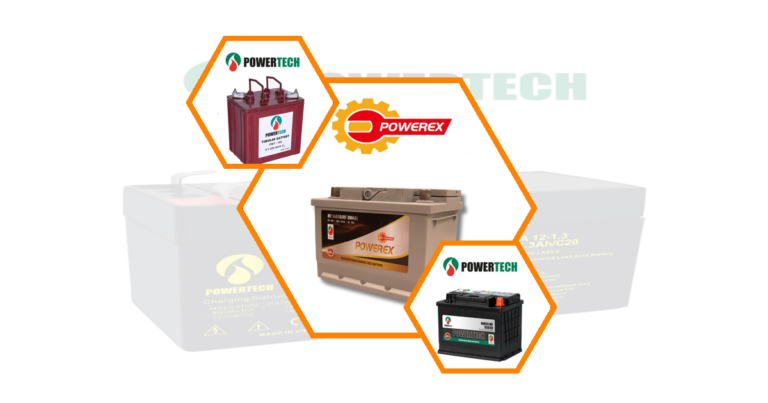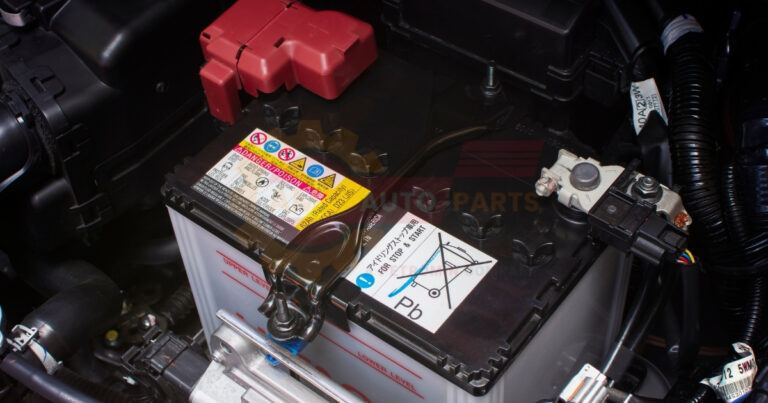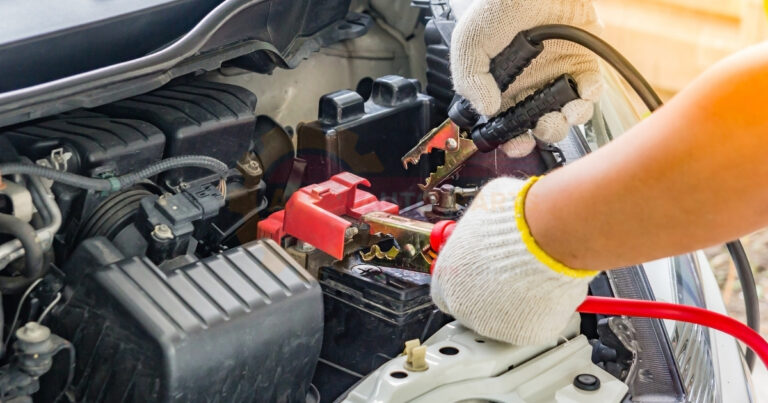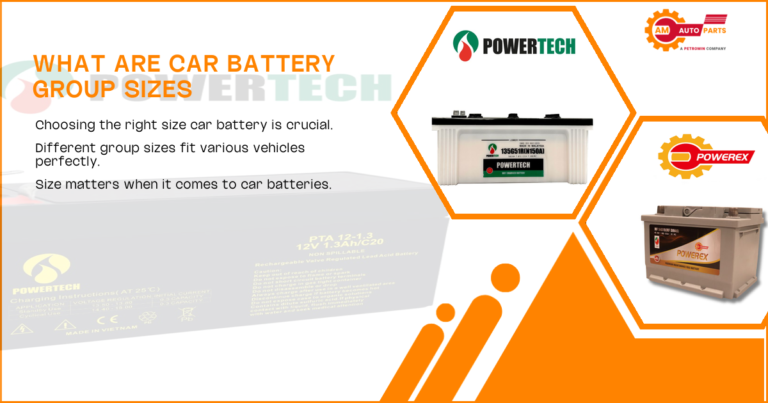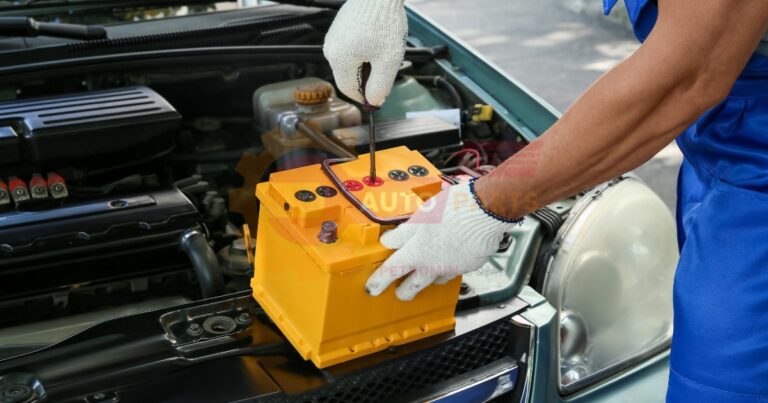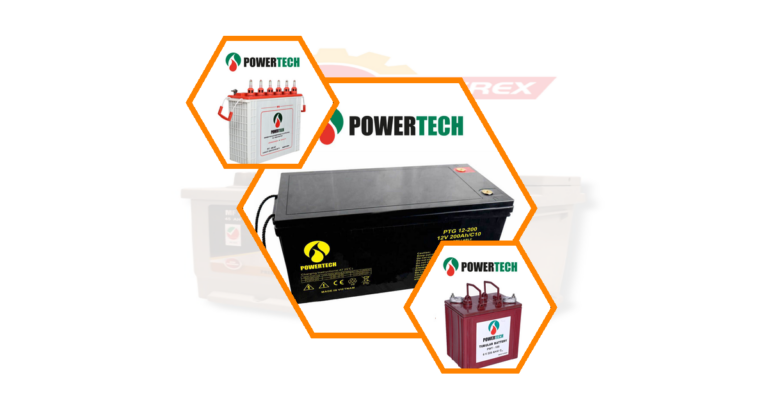Understanding the Basics of Car Batteries
Car batteries are designed to provide a burst of energy to start a vehicle. They are typically lead-acid batteries, which are reliable and cost-effective. Understanding their capacity and voltage is crucial when considering them for home use.
- Capacity and Voltage : Car batteries usually have a 12-volt capacity. This voltage is suitable for small-scale applications but may require conversion for larger home systems.
- Types of Car Batteries : Lead-acid batteries are common, but lithium-ion batteries are becoming popular due to their efficiency and longer lifespan.
Safety Precautions When Handling Car Batteries
Safety is paramount when handling car batteries. They contain sulfuric acid and can release hydrogen gas, which is flammable.
- Wear Protective Gear : Always wear gloves and goggles to protect against acid spills.
- Ensure Proper Ventilation : Work in a well-ventilated area to prevent gas buildup.
- Avoid Sparks and Flames : Keep the battery away from open flames and sparks to prevent explosions.
Tools and Equipment Needed
To convert a car battery for home use, you’ll need specific tools and equipment.
- Multimeter : For measuring voltage and ensuring the battery is functioning correctly.
- Inverter : Converts DC power from the battery to AC power for home appliances.
- Charge Controller : Regulates the battery’s charging process to prevent overcharging.
Converting Car Batteries for Home Energy Storage
Converting car batteries for home energy storage involves assessing battery capacity, connecting multiple batteries, and installing inverters and charge controllers.
Assessing Battery Capacity and Voltage
Before using a car battery for home use, assess its capacity and voltage to ensure it meets your energy needs.
- Calculate Energy Needs : Determine the total energy consumption of your home to decide how many batteries you’ll need.
- Check Battery Health : Use a multimeter to check the battery’s voltage and ensure it’s in good condition.
Connecting Multiple Batteries in Series or Parallel
Connecting batteries in series or parallel can increase voltage or capacity, respectively.
- Series Connection : Increases voltage by connecting the positive terminal of one battery to the negative terminal of another.
- Parallel Connection : Increases capacity by connecting all positive terminals together and all negative terminals together.
Installing Inverters and Charge Controllers
Inverters and charge controllers are essential for converting and managing the energy stored in car batteries.
- Inverter Installation : Connect the inverter to the battery to convert DC to AC power.
- Charge Controller Setup : Install a charge controller to regulate the charging process and extend battery life.
Repurposing EV Batteries for Solar Energy Storage
Electric vehicle (EV) batteries offer a more efficient alternative for home energy storage, especially when integrated with solar panels.
Benefits of Using EV Batteries for Home Use
EV batteries are designed for high performance and longevity, making them ideal for home energy storage.
- Higher Capacity : EV batteries typically have a higher capacity than traditional car batteries.
- Longer Lifespan : They are built to last longer, reducing the need for frequent replacements.
VW ID Module 12S Specifications and Compatibility
The VW ID Module 12S is a popular choice for home energy storage due to its specifications and compatibility with solar systems.
- Specifications : Offers a high energy density and efficient power output.
- Compatibility : Easily integrates with existing solar panel systems for seamless energy storage.
Integrating EV Batteries with Solar Panels
Integrating EV batteries with solar panels maximizes energy efficiency and sustainability.
- Solar Panel Connection : Connect the solar panels to the charge controller, which then charges the EV battery.
- Energy Management System : Use an energy management system to monitor and optimize energy usage.
DIY Battery Bank Setup for Off-Grid Living
Setting up a DIY battery bank is a cost-effective way to achieve off-grid living.
Calculating Energy Requirements for Your Home
Understanding your home’s energy requirements is crucial for designing an effective battery bank.
- Energy Audit : Conduct an energy audit to determine your daily energy consumption.
- Battery Bank Size : Calculate the number of batteries needed based on your energy audit.
Designing a Custom Battery Bank System
Designing a custom battery bank system involves selecting the right components and layout.
- Component Selection : Choose batteries, inverters, and charge controllers that meet your energy needs.
- System Layout : Plan the layout to ensure efficient energy flow and easy maintenance.
Maintenance and Monitoring of Battery Banks
Regular maintenance and monitoring are essential for the longevity and efficiency of your battery bank.
- Routine Checks : Perform routine checks on battery connections and charge levels.
- Monitoring Systems : Use monitoring systems to track energy usage and battery health.
Maximizing Efficiency of Car Batteries in Home Applications
Maximizing the efficiency of car batteries in home applications involves optimizing charge cycles, controlling temperature, and troubleshooting issues.
Optimizing Charge and Discharge Cycles
Properly managing charge and discharge cycles can extend battery life and improve efficiency.
- Avoid Overcharging : Use a charge controller to prevent overcharging.
- Regular Discharge : Regularly discharge the battery to maintain its capacity.
Temperature Control and Battery Life Extension
Temperature control is crucial for extending battery life and ensuring optimal performance.
- Temperature Monitoring : Use sensors to monitor battery temperature.
- Cooling Systems : Install cooling systems to prevent overheating.
Troubleshooting Common Issues
Identifying and troubleshooting common issues can prevent battery failure and ensure reliable performance.
- Voltage Drops : Check for voltage drops and address any connection issues.
- Battery Swelling : Inspect for signs of swelling, which may indicate a failing battery.
Legal and Environmental Considerations
When repurposing car batteries for home use, it’s important to consider legal and environmental factors.
Regulations on Using Car Batteries for Home Energy
Different regions have regulations regarding the use of car batteries for home energy storage.
- Compliance : Ensure compliance with local regulations and standards.
- Permits : Obtain necessary permits for installation and use.
Proper Disposal and Recycling of Used Batteries
Proper disposal and recycling of used batteries are crucial for environmental protection.
- Recycling Programs : Participate in recycling programs to dispose of old batteries.
- Environmental Impact : Understand the environmental impact of improper disposal.
Environmental Impact of Repurposing Car Batteries
Repurposing car batteries can have both positive and negative environmental impacts.
- Resource Conservation : Reduces the need for new battery production.
- Pollution Risks : Improper handling can lead to pollution and environmental harm.
Cost Analysis of Using Car Batteries vs. Traditional Home Batteries
Analyzing the cost of using car batteries versus traditional home batteries can help determine the best option for your needs.
Initial Investment and Long-Term Savings
Consider the initial investment and potential long-term savings when choosing between car and traditional batteries.
- Cost Comparison : Compare the upfront costs of car batteries and traditional home batteries.
- Savings Potential : Evaluate potential savings from reduced energy bills.
Comparing Lifespan and Efficiency
Lifespan and efficiency are key factors in determining the cost-effectiveness of battery options.
- Lifespan Analysis : Compare the expected lifespan of car batteries and traditional home batteries.
- Efficiency Metrics : Evaluate the efficiency of each option in terms of energy output.
Return on Investment Calculations
Calculating the return on investment (ROI) can help assess the financial viability of using car batteries for home use. Electrical system weakens when power lines get old or damaged This can cause lights to flicker and appliances to work poorly Automotive electrical measurement helps check if car parts that use electricity are working right It uses special tools to test things like batteries wires and lights in vehicles
Jumpstart dead battery is a quick way to get your car running again when the battery is out of power You can use special cables to connect your car’s dead battery to another car’s working battery to bring it back to life Battery selection guide Choose the right battery for your device by looking at size voltage and how long it lasts
Electric vehicle safety is about making sure electric cars are safe to drive and use These cars have special features to protect people from electrical problems and accidents Car battery charging troubles can happen when your car’s battery won’t hold a charge or takes too long to charge up
- ROI Formula : Use the ROI formula to calculate potential returns.
- Break-Even Point : Determine the break-even point for your investment.
Future Trends in Repurposing Vehicle Batteries for Home Use
The future of repurposing vehicle batteries for home use is promising, with advancements in technology and integration with smart home systems.
Advancements in Battery Technology
Advancements in battery technology are making it easier and more efficient to repurpose vehicle batteries for home use.
- New Developments : Stay informed about new developments in battery technology.
- Efficiency Improvements : Look for improvements in battery efficiency and capacity.
Integration with Smart Home Systems
Integrating vehicle batteries with smart home systems can enhance energy management and efficiency.
- Smart Home Compatibility : Ensure compatibility with existing smart home systems.
- Energy Management Tools : Use energy management tools to optimize battery usage.
Potential for Grid-Scale Energy Storage
Repurposing vehicle batteries has the potential to contribute to grid-scale energy storage solutions.
- Grid Integration : Explore opportunities for integrating repurposed batteries into the grid.
- Energy Storage Solutions : Consider the role of repurposed batteries in large-scale energy storage.
According to the U.S. Department of Energy, the global lithium-ion battery recycling market is expected to grow from .5 billion in 2019 to 8.1 billion by 2030. This growth highlights the increasing importance of battery recycling and repurposing in the energy sector.
FAQ’s
Can I use a car battery to power my house?
Yes, you can use a car battery to power your house, but it requires proper conversion and setup. How to use car battery for home use involves installing inverters, charge controllers, and ensuring safety measures are in place. This setup allows the battery to provide AC power for household appliances.
How long can a car battery power a house?
The duration a car battery can power a house depends on its capacity and your energy consumption. When learning how to use car battery for home use, it’s essential to calculate your energy needs and design an appropriate battery bank system. Typically, a single car battery may only power essential appliances for a short period.
Is it safe to use car batteries for home energy storage?
Using car batteries for home energy storage can be safe if proper precautions are taken. Understanding how to use car battery for home use safely involves following guidelines for handling, installation, and maintenance. Ensuring proper ventilation and avoiding overcharging are key safety measures.
